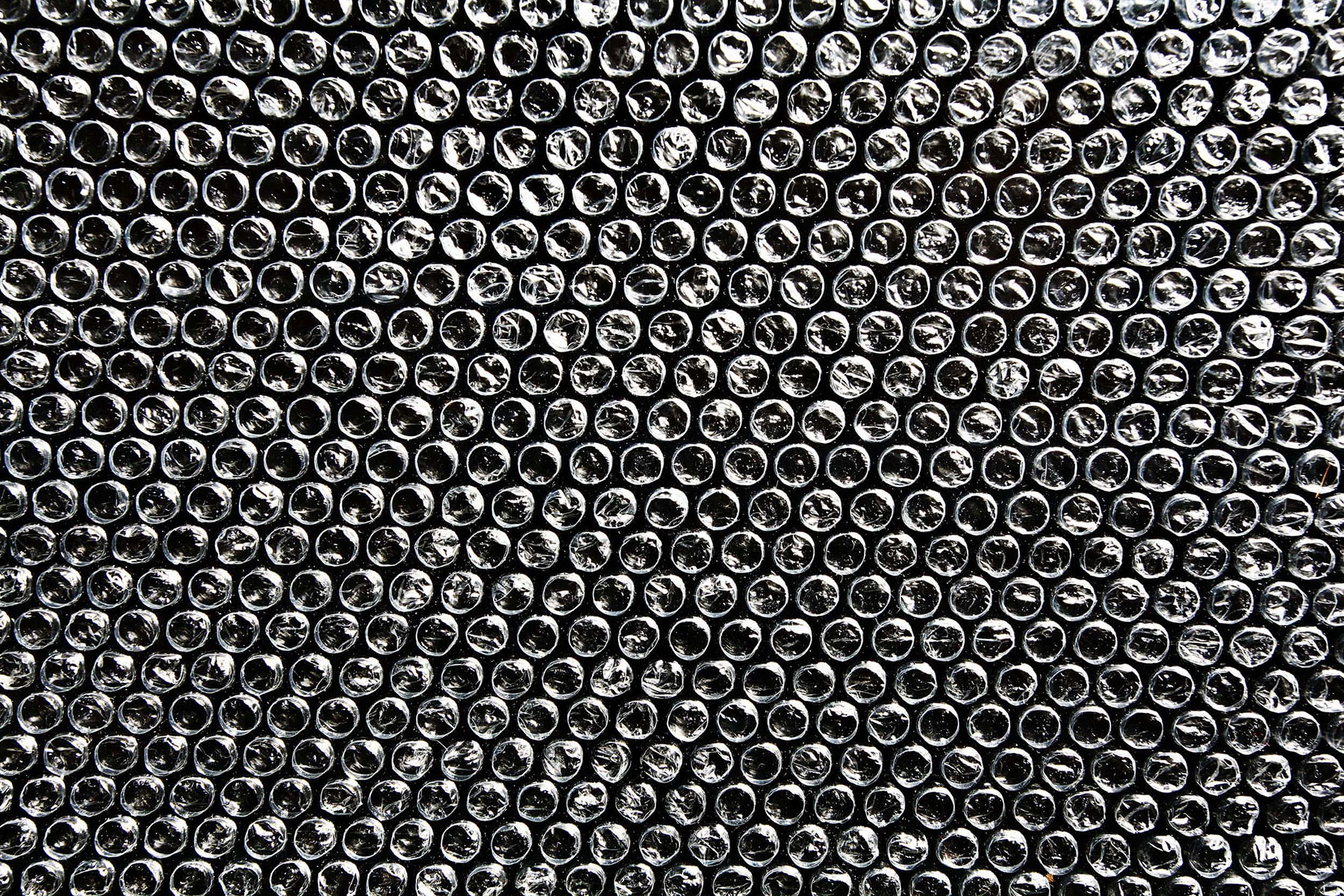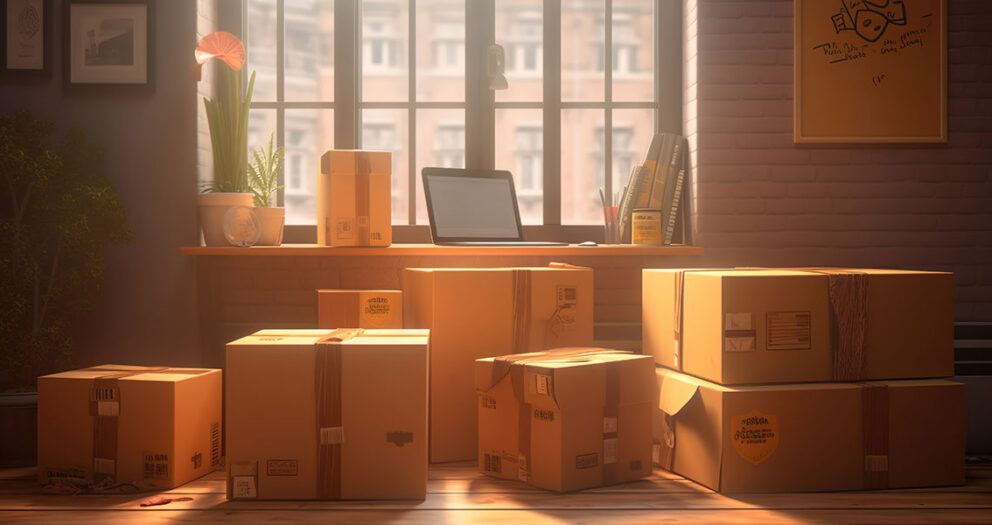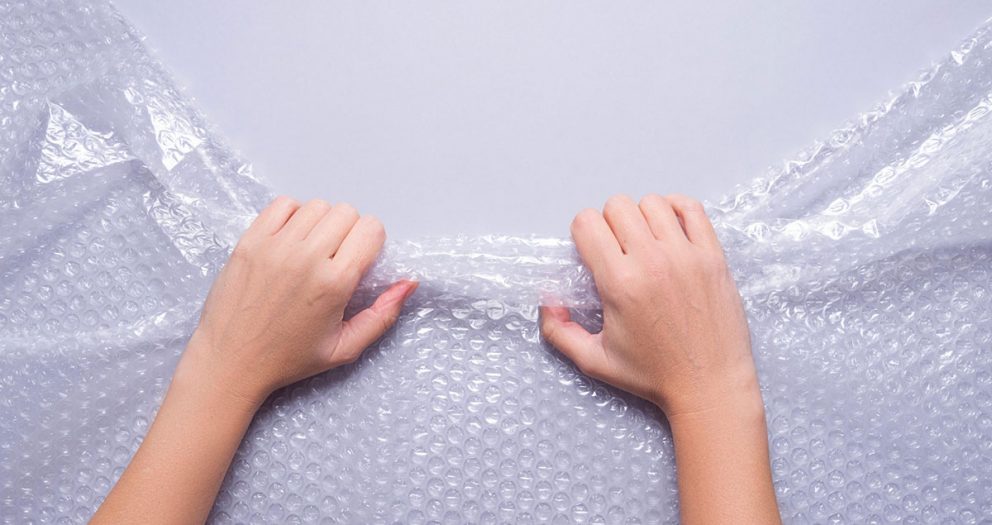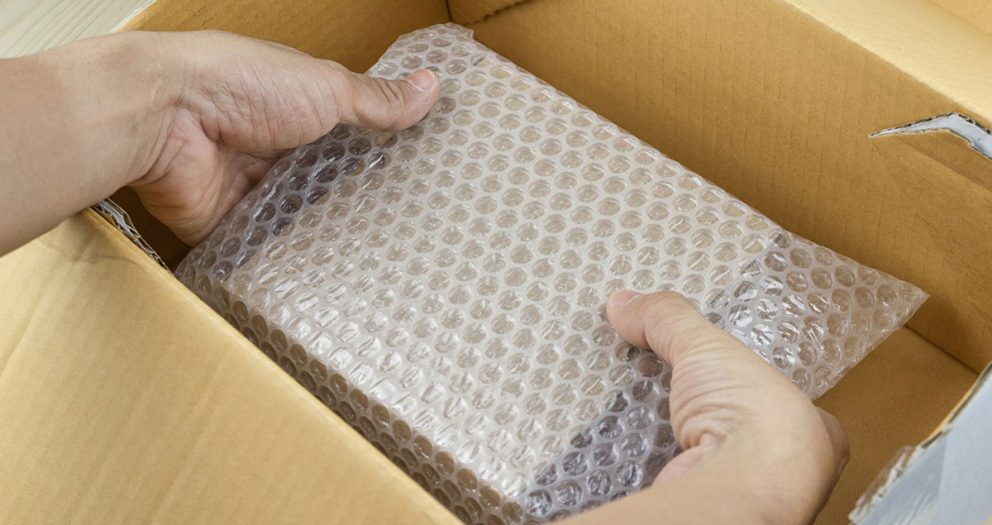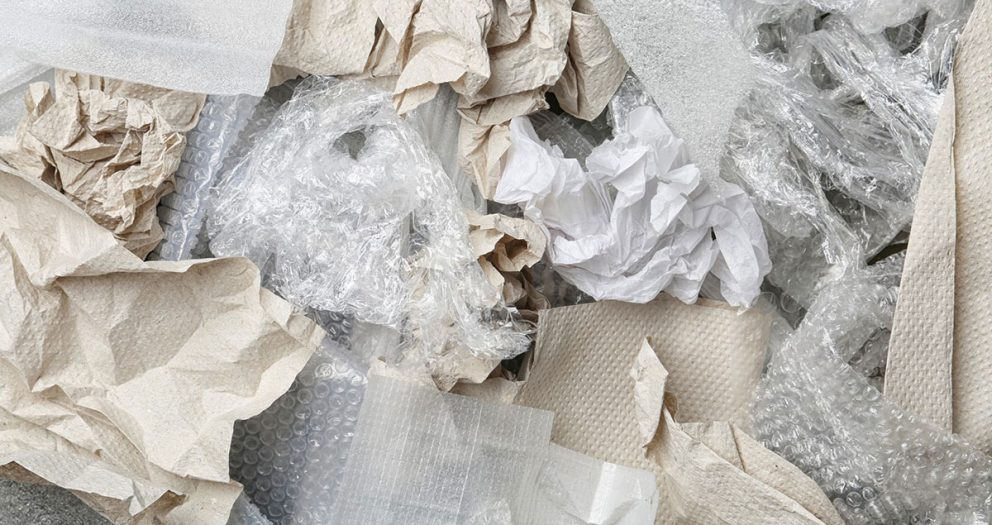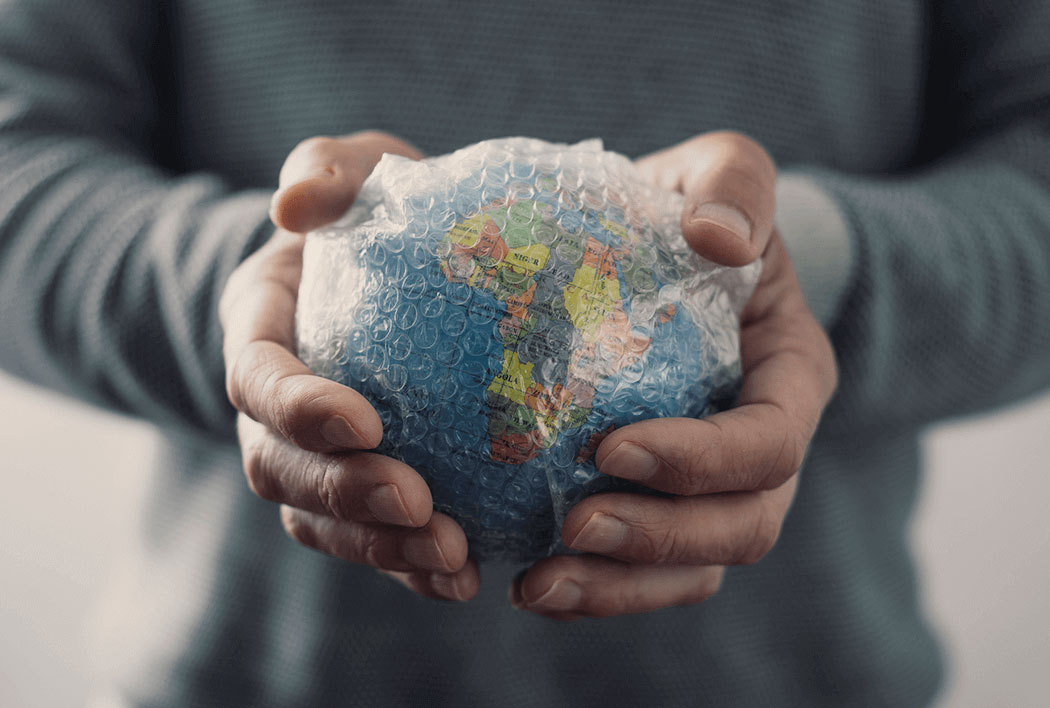Aside from cardboard boxes, bubble wrap has become the most popular packaging materials used by various companies today. Bubble wrap is an excellent protective packaging because it protects the product from shock and abrasion. It’s extremely flexible, too.
Countless businesses worldwide rely on bubble wrap. But do you know that this material was invented ‘accidentally?’ Yes, you’ve read that right. Bubble wrap was actually born from a failed experiment. This and several other details make the history of bubble wrap very interesting.
In this article, you’ll learn how bubble wrap came to be, from its humble beginnings in the 20th century, to how it revolutionised the shipping industry.
Inventing For Interiors
Bubble wrap was the creation of two brilliant engineers: Marc Chavannes and Alfred Fielding. However, the two didn’t create bubble wrap in order to protect products or improve the shipping and handling; the two actually invented bubble wrap as textured wallpaper.
Chavannes and Fielding felt that the options for wallpapers back then were very limited, which is why they invented bubble wrap as a more appealing alternative. The engineers sealed two shower curtains together, with air bubbles in between, to create texture in the wallpaper.
Chavannes and Fielding were ambitious and developed a machine that helped them create plastic wallpaper with a paper backing. They believed using paper will improve the durability of the wallpaper, and make it easier for individuals to stick the product onto the walls.
However, their attempts weren’t successful, and the machine only created sheets of plastic with air bubbles in between. Chavannes and Fielding decided to sell their plastic wallpaper in public, but didn’t receive the traction they were expecting. Only a very few understood how their invention worked and why it’s important to have one.
Their plastic wallpaper didn’t sell well, but Chavannes and Fielding didn’t stop. They continued to market bubble wrap in different ways. And this determination continued to push their creation forward.
Second Chances
After Chavannes and Fielding failed to introduce bubble wrap as textured wallpaper, the two eventually set out to market their invention as a material for greenhouse insulation. They advertised bubble wrap as a material that can help greenhouses maintain the perfect humidity and temperature for plants. They also positioned bubble wrap as something that can help people cut down costs on their energy expenditures.
Bubble wrap had some insulating properties, but it wasn’t enough to properly insulate greenhouses. During that time, the general public was using cheaper and more effective materials. This made it more challenging for the two engineers to gain users for their invention.
Even for the second time, Chavannes and Fielding failed to attract the market and get noticed by the public. In short, their second attempt had the same outcome as their first: failure.
Third Time’s A Charm
After their second attempt, the engineers decided to take a break from inventing and continued on with their lives. Fortunately, all of their efforts in inventing bubble wrap weren’t wasted.
After three years since its invention, bubble wrap finally had its first break. The marketer for Sealed Air (the first company that mass-produced bubble wrap), Frederick Bowers, thought about using bubble wrap as a packaging material.
Bowers believed bubble wrap had the potential to be used as a packaging material because the pressure in the bubbles can keep products in place and secured. Because of its versatility, Bowers also thought that bubble wraps could effectively protect any type of small cargo.
In 1959, IBM (International Business Machines) announced its invention of new computers, and Bowers thought this was the perfect time to showcase the benefits of bubble wraps. Bowers continued to learn more about bubble wraps and then pitched their ideas to IBM, telling them how the invention can effectively protect fragile and bulky machines during shipment.
IBM eventually used bubble wraps as a packaging material for all their computers and accessories. IBM is one of the biggest multinational companies globally, and their use of bubble wrap paved the way to Chavannes and Fielding’s success.
Bubble Wrap Today
Because of the position of IBM in the market, the popularity of bubble wraps continued to grow after the company used the material in their packaging. It wasn’t long before other companies added bubble wrap in their packaging.
Today, bubble wrap is still one of the most popular materials for shipping and packing goods, and has become as significant as Styrofoam and cardboard boxes. This material now comes in a wide variety of styles and designs, and earns Sealed Air (the trademark holder of bubble wrap) millions of dollars every year.
Bubble Wrap Is And Will Remain Important
With almost 60 years of existence, bubble wrap has become the go-to option for companies that ship products. And because e-commerce is tremendously growing in the 21st century, you can expect that bubble wrap will continue to hold its importance in the shipping industry in the years to come.

